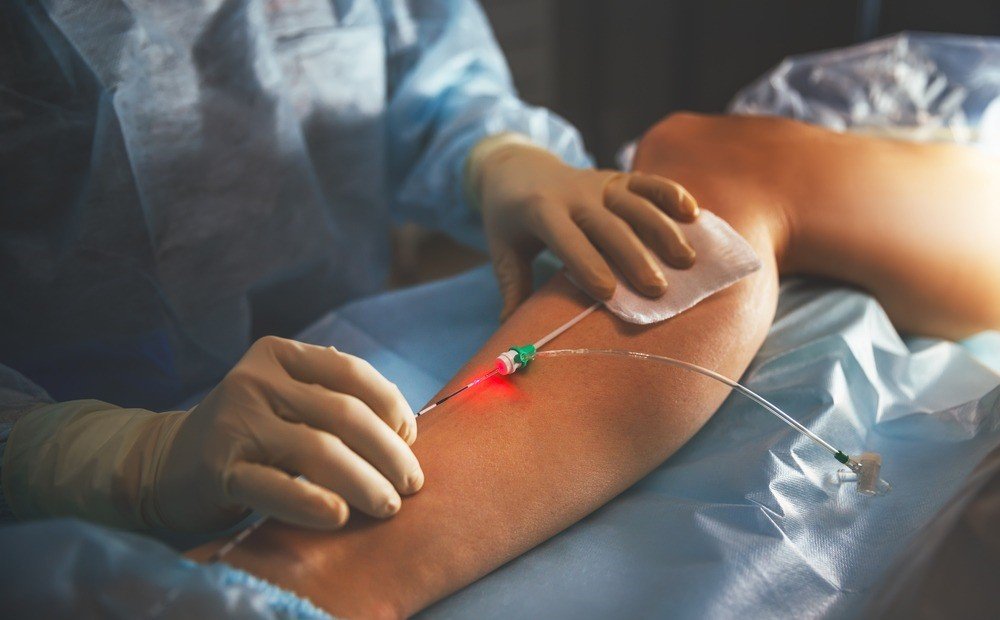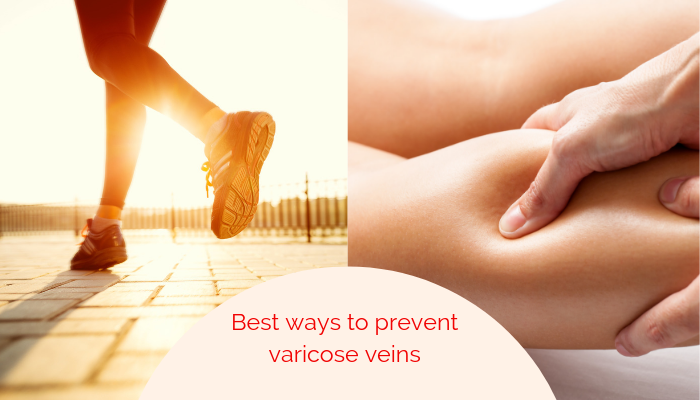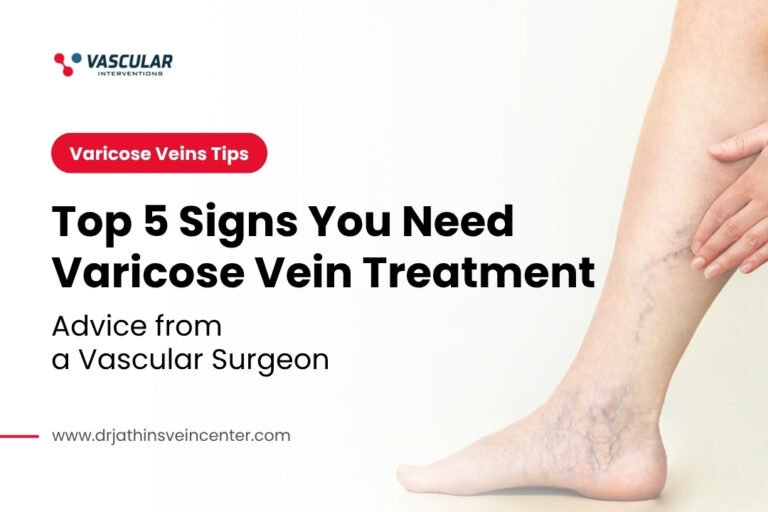Causes, Symptoms, and How to Prevent Varicose Veins?
Varicose veins affect half of the U.S. population and 10% of all women worldwide. The condition is often misunderstood and can lead to chronic venous insufficiency (CVI), which can be debilitating for those who have it.
One of the most common causes of varicose veins is a lack of exercise. This can happen if you’re sitting for most of the day and over time your leg muscles weaken. The veins in your legs need to work harder to push blood up from your feet, which can cause them to swell or bulge. This is because of an underlying problem that has not been diagnosed or treated.
Varicose veins usually start at your ankle, then move up to your calf, and finally work their way up to your thigh. When untreated, varicose veins can cause pain and discomfort in various parts of your body like the back, hips, buttocks, or thighs.
Varicose veins are swollen, twisted, enlarged veins that usually happen in the legs. As these veins stretch out they can become painful and itchy. Varicose veins can be caused by a number of factors, including family history, certain medical conditions, and pregnancy. One of the most common reasons for varicose veins is a family history of vein-related issues.
Varicose veins usually form as a result of pressure on the veins from being pregnant, being overweight or obese, sitting for long periods of time with bent legs, standing for long periods of time on your feet without taking frequent breaks to stretch or walk around.
Varicose veins are swollen and dilated veins. They can cause a range of symptoms.
You might experience:
– pain and swelling
– aching and heaviness in your legs
– itching or burning sensation on the skin near the vein
– heaviness, tiredness, cramps, or numbness in your lower leg
– feeling of heaviness in your abdomen or groin area.
Varicose veins are caused by a combination of factors, including genetics, hormones, and injury. They can also be triggered by standing for prolonged periods of time or sitting with their legs crossed.
The following steps can help reduce the occurrence and severity of varicose veins:
– Stay hydrated. Drink plenty of water and avoid caffeinated drinks such as coffee or soda which can contribute to dehydration
– Exercise regularly to improve circulation in the lower half of the body
– Apply ice packs to swollen areas for short periods (3 to 5 minutes) every hour
– Get support stockings that elevate your legs when you stand all day at work.
Varicose Veins Treatment Methods That You Should Consider

Varicose veins are a medical condition where blood vessels have become enlarged and visible. This can happen when the valves at the end of your veins are not working properly, which causes blood to pool in your lower leg. The vein will swell, sometimes causing pain or discomfort.
The best treatment for varicose veins is to perform a surgical procedure called sclerotherapy. It works by injecting a long-lasting, foamable solution into the vein, which causes the vein to scar and shrink. The problem with this treatment is that it can cause complications if not done correctly, so it’s important to consult with your doctor before any treatments are undertaken.
Another way you can treat varicose veins is by using laser therapy. This method also works by shrinking the size of the vein and reducing the risk of flare-ups over time, but one downside is that there may be some discomfort from an increased level of heat from the laser during treatment. Laser therapy is a treatment that can help to reduce the pain and discomfort of varicose veins. It is also used to treat spider veins and hemorrhoids. This type of treatment typically lasts for around ten minutes, depending on the size of the vein being treated.
What is the Best Time of Year to Treat Varicose Veins?

Varicose veins are when the valves in the veins don’t work properly. This causes blood to pool in the legs and causes veins to swell and become visible. It can be caused by a number of things such as chronic venous insufficiency, pregnancy, aging, or even being overweight. They can cause a variety of problems including pain, swelling, itchiness, and discoloration in the skin.
Varicose veins can cause a lot of pain and discomfort for people who have them. But they are not dangerous to health, so they don’t need to be treated right away. People with varicose veins should find out more about their condition and only worry about treatment if it is necessary.
Varicose veins are a common medical condition that affects many people. The best time of year to treat varicose veins is the spring or summer season. These seasons make your skin more elastic and less prone to pigmentation, which can lead to discoloration from varicose veins.





